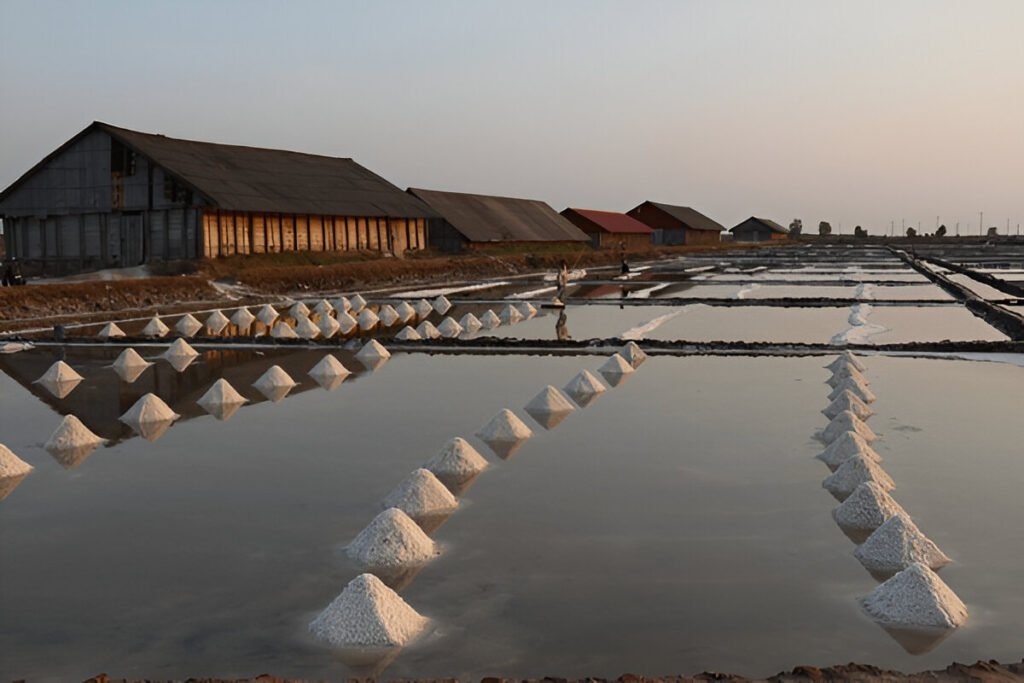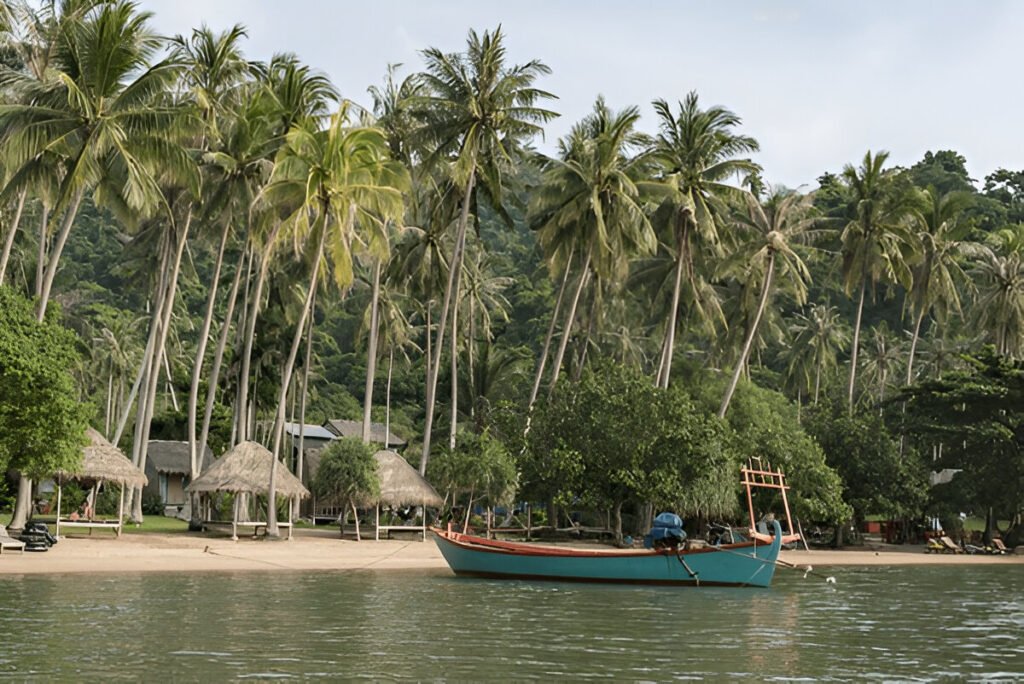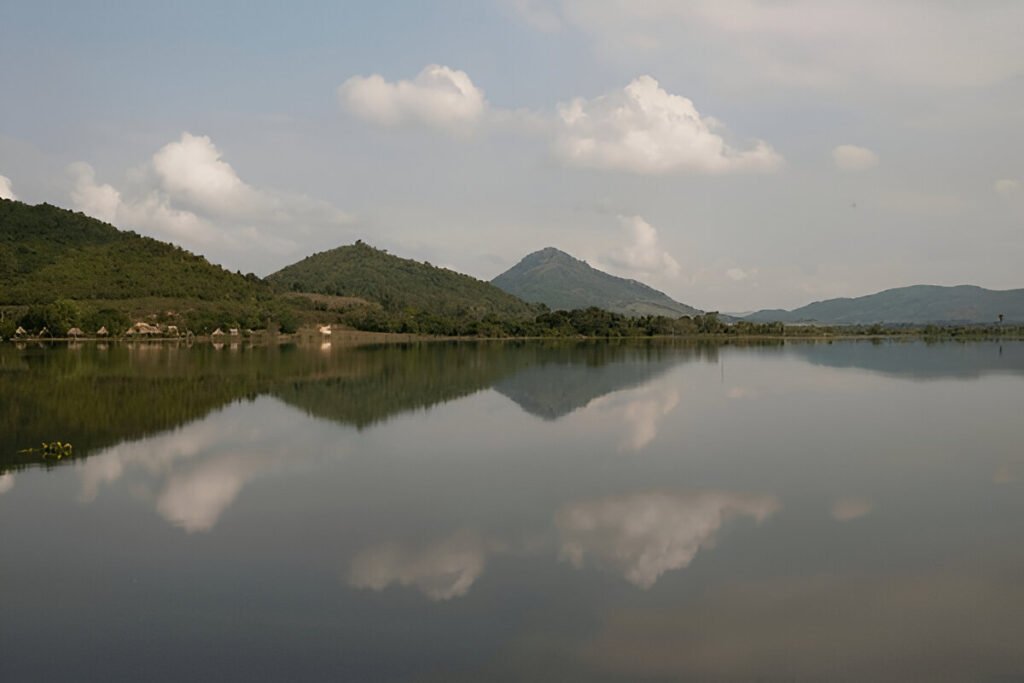Introduction:
Nestled deep within the lush mountains of Shimane Prefecture, Japan, lies a hidden gem that transports visitors back to the Edo period. The Iwami Ginzan Silver Mine, a UNESCO World Heritage Site, is a marvel of historical ingenuity and a testament to Japan’s rich silver mining heritage. This significant landmark offers a glimpse into the mining industry of the 16th to 19th centuries, attracting history enthusiasts, culture seekers and curious travelers alike.
Exploring Iwami Ginzan Silver Mine: A Journey into Japan’s Rich History
The Iwami Ginzan Silver Mine, once the largest silver mine in the world, stretches over six kilometers, with mining tunnels, refined slag sites, and transport routes. Visitors can traverse through the Ryūgenji Mabu mine shaft, a 273-meter tunnel that offers an unfiltered experience of the miners’ challenges and labor. The mine contains a network of hundreds of tunnels, some naturally formed, others meticulously crafted by human hands.
At the heart of the Iwami Ginzan is the well-conserved town of Ōmori. This small, rustic town served as the economic hub of the mine, responsible for its booming success. Cobblestone streets, traditional wooden houses, and ancient temples such as the Rakan-ji Temple, beautifully narrate the lifestyle and culture of the mining community, immersing visitors in the rich past.
Dive into the Silver Legacy: A Comprehensive Tour of UNESCO’s Crown Jewel in Shimane
The Iwami Ginzan Silver Mine is not just about the majesty of the mine itself, but also about the profound influence it had on Japanese society during the Edo period. The Iwami Ginzan Silver Mine Museum, located in Ōmori, displays artifacts, maps, and models that depict the history and development of the mine, offering a fascinating insight into the silver industry’s economic and cultural impact.
Woven into this rich historical tapestry is the harmonious coexistence of humans with nature, evident in the traditional agricultural landscape of terraced rice fields and tea plantations. The beautiful natural scenery of the mine and its surrounding areas, with diverse flora and fauna, make for a splendid visual treat, promising a well-rounded experience for every visitor.
Things to Do:
Aside from touring the mine shaft, visitors have the opportunity to explore the preserved samurai residences and merchant houses, many of which are now open to the public as museums and shops. The Kumagai Household, with its massive gate and thick, earthen walls, provides a peek into samurai architecture. For nature lovers, a hike up Mt. Sanbe offers breathtaking views of the area.
Local Tips:
The best time to visit Iwami Ginzan Silver Mine is from late spring to early fall, as the weather is pleasant for outdoor activity, and the surrounding vegetation is lush and vibrant. Comfortable shoes are a must due to the cobblestone paths and occasional hiking trails.
How to Get There:
The Iwami Ginzan Silver Mine is accessible from major cities like Hiroshima and Osaka via train and bus. From Hiroshima, it’s a 2-hour journey by express train to Ōda City, followed by a 30-minute bus ride to the site.
Nearby Attractions:
Beyond the silver mine, the Shimane Prefecture offers a multitude of attractions. The Izumo Taisha Grand Shrine, one of Japan’s oldest shrines, and the enchanting Matsue Castle, are worth adding to your itinerary.
Conclusion:
Visiting the Iwami Ginzan Silver Mine is akin to stepping into a time machine that takes you back to Japan’s Edo period, simultaneously highlighting the beauty of human ingenuity and resilience. Whether it’s the historical significance, the cultural immersion, or the stunning natural beauty surrounding the mine, this UNESCO World Heritage Site promises an enriching and unforgettable experience. The silver legacy of Shimane awaits you!





